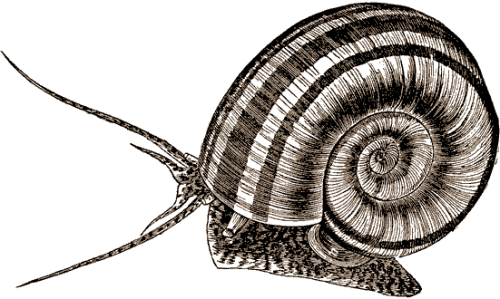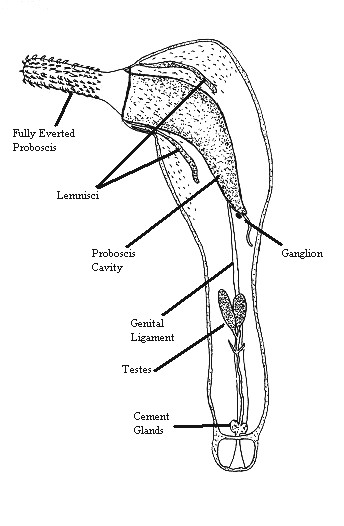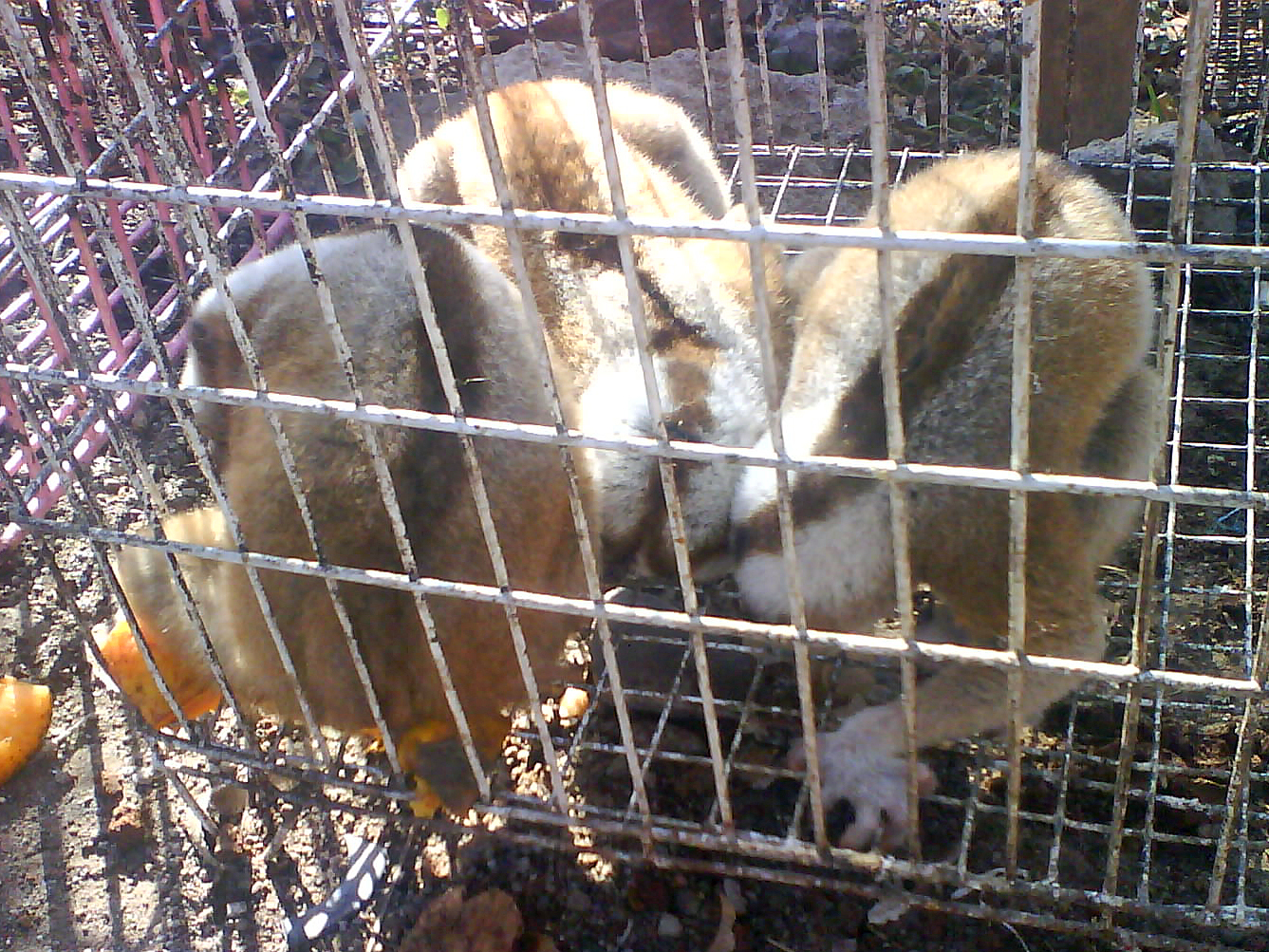|
Lesser Hedgehog Tenrec
The lesser hedgehog tenrec (''Echinops telfairi'') is a species of mammal in the family Tenrecidae. It is the only species in the genus ''Echinops'' and is named in honour of Charles Telfair. It is endemic to Madagascar. Its natural habitats are subtropical or tropical dry forests, shrubland, and shrubland and dry savanna. Description The lesser hedgehog tenrec is a small, stout-bodied animal visually similar to a hedgehog, hence the name. Their tails are short, their limbs and muzzles are of moderate length, and their ears are prominent. The entire dorsum is covered with sharp spines. Color is usually yellow buff; individuals range from near white to almost black. Head and body length is . Weight is about . Lesser hedgehog tenrecs (like all tenrecs) have a cloaca (common urogenital opening), like a bird or a reptile. Behavior This tenrec is terrestrial. It spends its daytime hours resting under a log, a pile of branches, leaves, straws or in a hollow tree, although trees ar ... [...More Info...] [...Related Items...] OR: [Wikipedia] [Google] [Baidu] |
William Charles Linnaeus Martin
William Charles Linnaeus Martin (1798–1864) was an England, English natural history, naturalist. Biography William Charles Linnaeus Martin was the son of William Martin (naturalist), William Martin (naturalist) and his wife, Mary. William Martin had published early colour books on the fossils of Derbyshire, and named his son Linnaeus in honour of Carl Linnaeus's interest in the classification of living things. Martin was the curator of the museum of the Zoological Society of London from 1830 to 1838, when he lost his appointment due to financial cutbacks. He then became a freelance natural history writer, publishing over a thousand articles and books, including ''A Natural History of Quadrupeds and other Mammiferous Animals'' (1841), ''The History of the Dog'' (1845), ''The History of the Horse'' (1845), and ''Pictorial Museum of Animated Nature'' (1848-9). Many of Martin's works centred around the study of farm animals, particularly in the years 1847-1858.Woodward, B. B., ... [...More Info...] [...Related Items...] OR: [Wikipedia] [Google] [Baidu] |
Acanthocephala
Acanthocephala ( Greek , ' 'thorn' + , ' 'head') is a group of parasitic worms known as acanthocephalans, thorny-headed worms, or spiny-headed worms, characterized by the presence of an eversible proboscis, armed with spines, which it uses to pierce and hold the gut wall of its host. Acanthocephalans have complex life cycles, involving at least two hosts, which may include invertebrates, fish, amphibians, birds, and mammals. About 1,420 species have been described. The Acanthocephala were long thought to be a discrete phylum. Recent genome analysis has shown that they are descended from, and should be considered as, highly modified rotifers. This unified taxon is sometimes known as Syndermata, or simply as Rotifera, with the acanthocephalans described as a subclass of a rotifer class Hemirotatoria. History The earliest recognisable description of Acanthocephala – a worm with a proboscis armed with hooks – was made by Italian author Francesco Redi (1684). In 1771 ... [...More Info...] [...Related Items...] OR: [Wikipedia] [Google] [Baidu] |
Mammals Described In 1838
A mammal () is a vertebrate animal of the class Mammalia (). Mammals are characterised by the presence of milk-producing mammary glands for feeding their young, a broad neocortex region of the brain, fur or hair, and three middle ear bones. These characteristics distinguish them from reptiles and birds, from which their ancestors diverged in the Carboniferous Period over 300 million years ago. Around 6,640 extant species of mammals have been described and divided into 27 orders. The study of mammals is called mammalogy. The largest orders of mammals, by number of species, are the rodents, bats, and eulipotyphlans (including hedgehogs, moles and shrews). The next three are the primates (including humans, monkeys and lemurs), the even-toed ungulates (including pigs, camels, and whales), and the Carnivora (including cats, dogs, and seals). Mammals are the only living members of Synapsida; this clade, together with Sauropsida (reptiles and birds), constitutes ... [...More Info...] [...Related Items...] OR: [Wikipedia] [Google] [Baidu] |
Mammals Of Madagascar
A mammal () is a vertebrate animal of the Class (biology), class Mammalia (). Mammals are characterised by the presence of milk-producing mammary glands for feeding their young, a broad neocortex region of the brain, fur or hair, and three Evolution of mammalian auditory ossicles, middle ear bones. These characteristics distinguish them from reptiles and birds, from which their ancestors Genetic divergence, diverged in the Carboniferous Period over 300 million years ago. Around 6,640 Neontology#Extant taxon, extant species of mammals have been described and divided into 27 Order (biology), orders. The study of mammals is called mammalogy. The largest orders of mammals, by number of species, are the rodents, bats, and eulipotyphlans (including hedgehogs, Mole (animal), moles and shrews). The next three are the primates (including humans, monkeys and lemurs), the Artiodactyl, even-toed ungulates (including pigs, camels, and whales), and the Carnivora (including Felidae, ... [...More Info...] [...Related Items...] OR: [Wikipedia] [Google] [Baidu] |
Afrosoricida
The clade Afrosoricida (a Latin-Greek compound name which means "looking like African shrews") contains the golden moles of Southern Africa, the otter shrews of equatorial Africa and the tenrecs of Madagascar. These three groups of small mammals were for most of the 19th and 20th centuries regarded as a part of the Insectivora or Lipotyphla, but both of those groups, as traditionally used, are polyphyletic. Naming Some biologists use Tenrecoidea or Tenrecomorpha as the name for the tenrec-golden mole clade and regard Afrosoricida as a junior synonym (even though the rules of the ICZN do not apply above the Linnean rank of family). This is based on the principles of Simpson, summarized by Asher & Helgen to mean that "priority and stability should comprise the overriding principles by which new, high-level taxa are named. Established names for any given clade should not be altered unless the name with precedent unambiguously threatens stability." When "Afrosoricida" was first nam ... [...More Info...] [...Related Items...] OR: [Wikipedia] [Google] [Baidu] |
Ensembl
Ensembl genome database project is a scientific project at the European Bioinformatics Institute, which provides a centralized resource for geneticists, molecular biologists and other researchers studying the genomes of our own species and other vertebrates and model organisms. Ensembl is one of several well known genome browsers for the retrieval of genomic information. Similar databases and browsers are found at National Center for Biotechnology Information, NCBI and UCSC Genome Browser, the University of California, Santa Cruz (UCSC). History The human genome consists of three billion base pairs, which code for approximately 20,000–25,000 genes. However the genome alone is of little use, unless the locations and relationships of individual genes can be identified. One option is manual annotation, whereby a team of scientists tries to locate genes using experimental data from scientific journals and public databases. However this is a slow, painstaking task. The alternative, ... [...More Info...] [...Related Items...] OR: [Wikipedia] [Google] [Baidu] |
Exotic Pet
An exotic pet is a pet which is relatively rare or unusual to keep, or is generally thought of as a Wild animal, wild species rather than as a Domesticated animal, domesticated pet. The definition varies by culture, location, and over time—as animals become firmly enough established in the world of animal fancy, they may no longer be considered ''exotic''. Definitions The definition is an evolving one; fish, rabbits, and some rodents and birds have become firmly enough established in the world of animal fancy as to no longer be considered exotic in general usage, though they may still be classed as exotic in veterinary practice. Sometimes any unique or wild-looking pet (including common domestic animals such as the ferret and the fancy rat, rat) is considered an exotic pet. "Exotic" often refers to a species which is not native or indigenous to the owner's locale, and "pet" is a companion animal living with people. However, many use the term to include native species as well (e. ... [...More Info...] [...Related Items...] OR: [Wikipedia] [Google] [Baidu] |
Promoniliformis Ovocristatus
''Promoniliformis'' is a monotypic genus of acanthocephalans (thorny-headed or spiny-headed parasitic worms) containing a single species, ''Promoniliformis ovocristatus'', that infests tenrecs in Madagascar. The genus ''Promoniliformis'' Dollfus and Golvan, 1963 is characterized by possessing two distinct kinds of proboscis hooks. There is only one species in this genus. Taxonomy ''Promoniliformis ovocristatus'' was originally named ''Echinorhynchus ovocristatus'' by von Linstow in 1897 and renamed ''Moniliformis ovocristatus'' by Petrotschenko in 1958 and later ''Heteracanthorhynchus echinopsi'' by Hörchner in 1962. In 1963 Dollfus and Golvan introduced the present genus and species. ''P. ovocristatus'' is the type species. The National Center for Biotechnology Information does not indicate that any phylogenetic analysis has been published on ''Promoniliformis'' that would confirm its position as a unique genus in the family Moniliformidae. Description The largest female wa ... [...More Info...] [...Related Items...] OR: [Wikipedia] [Google] [Baidu] |
Cloaca
A cloaca ( ), : cloacae ( or ), or vent, is the rear orifice that serves as the only opening for the digestive (rectum), reproductive, and urinary tracts (if present) of many vertebrate animals. All amphibians, reptiles, birds, cartilaginous fish and a few mammals ( monotremes, afrosoricids, and marsupial moles, etc.) have this orifice, from which they excrete both urine and feces; this is in contrast to most placental mammals, which have separate orifices for evacuation and reproduction. Excretory openings with analogous purpose in some invertebrates are also sometimes called cloacae. Mating through the cloaca is called cloacal copulation and cloacal kissing. The cloacal region is also often associated with a secretory organ, the cloacal gland, which has been implicated in the scent-marking behavior of some reptiles, marsupials, amphibians, and monotremes. Etymology The word is from the Latin verb ''cluo'', "(I) cleanse", thus the noun ''cloaca'', " sewer, drain" ... [...More Info...] [...Related Items...] OR: [Wikipedia] [Google] [Baidu] |
Mammal
A mammal () is a vertebrate animal of the Class (biology), class Mammalia (). Mammals are characterised by the presence of milk-producing mammary glands for feeding their young, a broad neocortex region of the brain, fur or hair, and three Evolution of mammalian auditory ossicles, middle ear bones. These characteristics distinguish them from reptiles and birds, from which their ancestors Genetic divergence, diverged in the Carboniferous Period over 300 million years ago. Around 6,640 Neontology#Extant taxon, extant species of mammals have been described and divided into 27 Order (biology), orders. The study of mammals is called mammalogy. The largest orders of mammals, by number of species, are the rodents, bats, and eulipotyphlans (including hedgehogs, Mole (animal), moles and shrews). The next three are the primates (including humans, monkeys and lemurs), the Artiodactyl, even-toed ungulates (including pigs, camels, and whales), and the Carnivora (including Felidae, ... [...More Info...] [...Related Items...] OR: [Wikipedia] [Google] [Baidu] |
Hedgehog
A hedgehog is a spiny mammal of the subfamily Erinaceinae, in the eulipotyphlan family Erinaceidae. There are 17 species of hedgehog in five genera found throughout parts of Europe, Asia, and Africa, and in New Zealand by introduction. There are no hedgehogs native to Australia and no living species native to the Americas. However, the extinct genus '' Amphechinus'' was once present in North America. Hedgehogs share distant ancestry with shrews (family Soricidae), with gymnures possibly being the intermediate link, and they have changed little over the last 15 million years. Like many of the first mammals, they have adapted to a nocturnal way of life. Their spiny protection resembles that of porcupines, which are rodents, and echidnas, a type of monotreme. Etymology The name ''hedgehog'' came into use around the year 1450, derived from the Middle English , from , , because it frequents hedgerows, and , , from its piglike snout. Other names that are used are ''urchin' ... [...More Info...] [...Related Items...] OR: [Wikipedia] [Google] [Baidu] |








